Centre Of Excellence
Our state-of-the-art facility dedicated to advanced research on photonics, material and glass science
Make your network resilient and reliable with STL optical fibre solutions
Fibre optics refers to the technology and the medium associated with the transmission of data as light pulses along a ultrapure strand of glass, which is a thin as a human hair. For many years, optical fibres have been extensively used in high-performance and long-distance data and networking.Whenever someone makes a phone call, checks a website, or watches a video in a highly connected world, it’s made possible by light pulses bouncing through thin strands of optical fibre.While Cloud computing and wireless communications have exponentially expanded in the world, the majority of video, data, and voice signals still travel over fibre optic networks. Read More..
As we consume more and more data, networks are struggling to keep pace with this exponential jump in demand. Both 5G and FTTH deployments will use optical fibre, but it will need to be deployed in a much more dense way than it is currently.There is a lot of uncertainty about how networks might evolve in the future, but it is clear that this decade will bring about a lot of change in the telecom landscape to allow for further rollout of next-generation networks.The one thing these networks will have in common is that there will be more and more optical fibre used for deployments.
STL is the world’s leading provider for fiber Optic and Optical fibre cable solutions. Our optic fibre solutions cater to all your requirements serving a wide range of applications. Our lower bend loss optical fibre is best suited for your network enabling high network performance and significantly lower installation costs. We offer range of 250um and 200um Bend Insensitive Single Mode Fibre and Non-Zero Dispersion Shifted Single Mode Fibre (NZDSF) solutions suitable for 5G and FTTx applications. Read Less..
StellarTM The installer’s fibre is the world’s 1st G.657.A2 macro-bend insensitive fibre which is compatible with legacy networks comprising of G.657.A1 and G.652D. StellarTM Fibre finds use in almost all sections of a data communication network - Core, Metro and Access
STL's BOW-LITETM series Optical Fibre products exceeding ITU-T G.657 recommendation, are industry leading bend insensitive single mode fibres suitable for FTTx applications and high fibre density cable designs.
STL offers different varieties of G.657.A1 and G.652.D type Optical Fibre which accommodate enhanced attenuation, geometry, dispersion and macro-bend loss properties, enabling superior performance in wide application areas like long haul, metro-city, access and CATV networks
Non-Zero dispersion shifted single mode Optical fibre complying with ITU-T G.655 recommendations, is the most suitable for long-haul and metropolitan networks whereas DOF-LITE (LEA) is ideal for long-haul, and DOF-LITE (METRO) is ideal for metropolitan network
For fiber optic and optical fiber cable systems, STL is the global market leader.
Facilities: STL maintains its own laboratory for the creation and testing of next-generation optical fibers and cables. Modern transmission technologies are available in this lab, which can simulate any national or worldwide network and evaluate signal strength in longer distance networks up to 2000 km in length. Read More..
Better Bandwidth: The bandwidth of STL’s fiber optic cables is far higher than that of any other company in the world. You may improve operations and boost output by utilizing STL’s fiber-optic connection, which offers up to 100 Gbps of internet speed.
Greater Flexibility: Unreliable connectivity can result in significant expenditures for companies. STL’s fiber optic cables are lighter and thinner than those made by other manufacturers, making them less likely to break or sustain damage.
Stronger Security: You can keep data safe by using SLT’s fiber-optic connection. Because our fiber optic networks are dielectric, no electricity travels down the cable. There is no signal radiation, which can prevent hackers from accessing your data.
Read Less..Our state-of-the-art facility dedicated to advanced research on photonics, material and glass science
 Brochure
Brochure
 Whitepaper
Whitepaper
 Application Notes
Application Notes
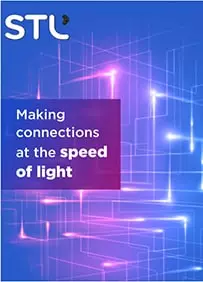 Dive deep into our innovative fibre solutions and learn about our sophisticated Silicon to Fibre process
STL Optical Fibre Brochure
G.657.A2 Stellar Brochure
G.657.B3 Bow Lite Super Brochure
Dive deep into our innovative fibre solutions and learn about our sophisticated Silicon to Fibre process
STL Optical Fibre Brochure
G.657.A2 Stellar Brochure
G.657.B3 Bow Lite Super Brochure

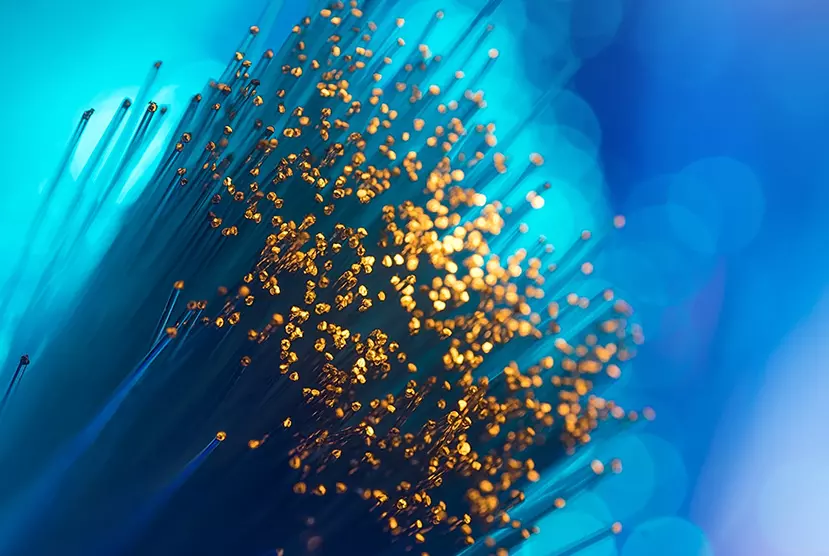
Optical fibre cables have several optical fibres bundled together, which are usually covered in individual protective covers to reduce losses and damage.

Due to increasing data demands, there's a dire need to create new fibre deep networks and data centres, which would encourage faster 5G and FTTH adoption.
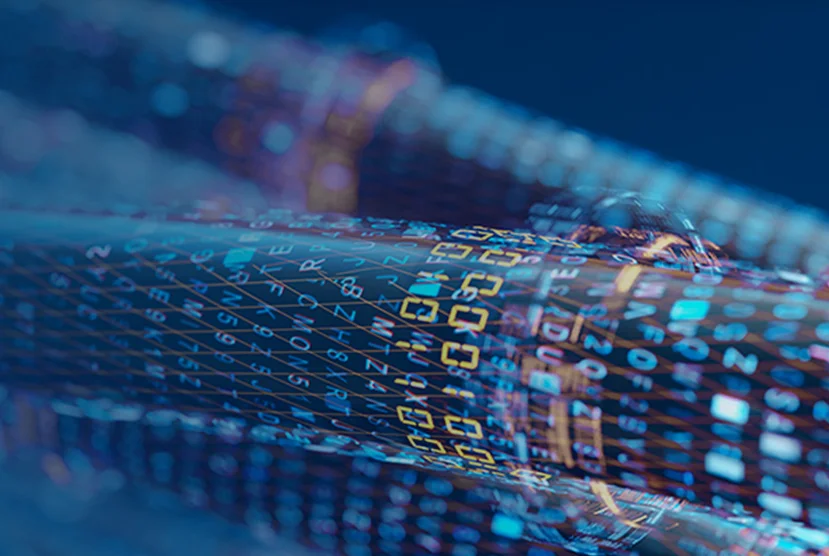
The world is getting smarter and connected. Converged and high bandwidth application networks have unique challenges which make high performance connectivity a top priority.
Typically, optical transmitters adjust the output of a light source using an electrical signal. Simple on-off modulation is the most commonly utilized method for producing light pulses from high-speed binary signals. Electrical input is transformed into an optical output by a laser diode or LED in the transmitter. Through the use of a connector, the light from the transmitter is linked to the fiber and transported through the fiber optic cable network.
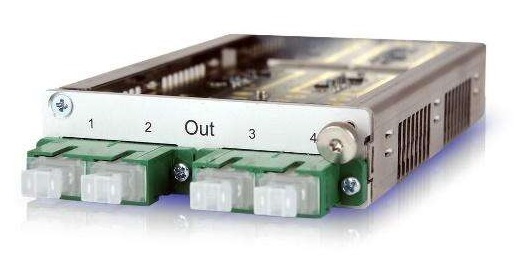
An optical communication system’s optical receiver is a crucial component since it frequently affects the system’s performance as a whole. The purpose of the optical receiver is to identify the incoming optical power and separate the sent signal (which might be analog or digital) from it. As fiber optic receivers, a variety of semiconductor photo-detectors may be utilized. They often come in the form of semiconductor photodiodes. Avalanche photodiodes, p-n photodiodes, and p-i-n photodiodes are some of the diodes that may be utilized in fiber optic receivers.
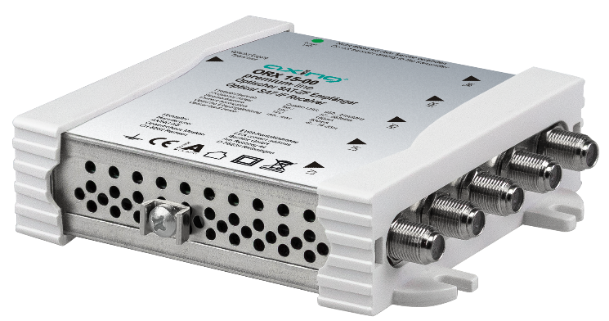
The science of sending data, sound, and pictures through tiny, translucent fibers is known as fiber optics. Fiber optic technology is used to connect computers in local area networks and has essentially replaced copper wire in long-distance telephone lines in the telecommunications industry. The fiberscopes are used for endoscopy, which is the examination of internal organs, and for visual inspection of the interiors of structural structures that are also based on fiber optics. A hair-thin fiber, occasionally composed of plastic but most frequently of glass, is the primary component of fiber optics. The most typical optical fibers used in communications have a diameter of 0.25 to 0.5 mm, although that includes a coating that guards the fiber against mechanical damage to the plastic.
A network cable with glass fiber strands inside an insulated housing is known as a fiber optic cable. They are made for telecommunications and long-distance, high-performance data networking. Fiber optic connections have a higher capacity and can carry data over greater distances than conventional wires. The majority of the internet, cable TV, and phone systems in use today are supported by fiber optic connections. One or more strands of glass, each a little thicker than a human hair, make up a fiber optic cable. The core, which offers the path for light to travel, is at the center of each strand. In order to prevent signal loss and enable light to travel around bends in the cable, the core is encased in a layer of glass known as "cladding."
A particular kind of data transmission network constructed with optical fiber technology is known as an optical network. It converts and transmits data as light pulses between transmitter and receiver nodes using optical fiber cables as the main communication channel. One of the quickest communication networks is the optical network. It functions by employing an optical transmitter to transform a network node's electrical signal into light pulses, which are then sent through a fiber optic cable to a receiver. Up until the pulses are regenerated using an optical repeater device, an optical network may be delivered quite a distance. Additionally, compared to copper networks, optical networks may attain far greater bandwidth rates and are less vulnerable to attenuation and external inference.
Fiber optics are utilized for long-distance and high-performance data networking. Additionally, it is frequently utilized in telecommunications services like the internet, television, and telephones.
a. Internet: High-speed data transmission is possible using fiber optic lines. Thus, fibre optic internet cables frequently employ this technique. Fiber optic cables are less clumsy, lighter, more flexible, and able to transport more data than conventional copper lines.
Military & Space Applications: Fiber optic cables are the best option for data transfer in military and aerospace applications due to the exceptionally high level of data security required in these fields.
The Automotive industries: Modern automobiles' lighting and safety features heavily rely on fiber optic wires. They are frequently used in illumination for both the inside and outside of automobiles. More automobiles are using fiber optics every day because of their capacity to save space and offer improved illumination.
The technique that sends information as light pulses via a glass or plastic fiber is known as fiber optics, often called optical fiber. These glass fibers can range in quantity from a few to several hundred in a fiber optic cable. The glass fiber core is encircled by a second glass layer known as cladding. A few to hundreds of optical fibers may be found inside the plastic sheath of a fiber-optic cable. They transmit data signals in the form of light and travel hundreds of miles more quickly than those used in conventional electrical cables. Optic cables and optical fiber cables are other names for them.
Greater Bandwidth: Copper cables have a constrained bandwidth since they were first made for voice transmission. Compared to copper cables of the same diameter, fiber optic cables have a wider bandwidth for transmitting more data.
Faster Speed: To transport data, fiber optic cables include a core that conveys light. Compared to copper lines, Cat5 and Cat6 it is speedier.
Highly Secured: It is extremely challenging to attach taps to a fiber cable in order to intercept data transfer since fiber cables don't produce any signals.
Long Distance Transmission: Because fiber optic cables have negligible power loss, you can transmit data over longer distances at higher bandwidths. Compared to copper cables' maximum operating distance of 100 meters, fiber optic cables may travel tens of kilometers.
Technology: In contrast to fiber optics, which utilizes light to transport data over optical fiber cables, 5G is the fifth generation of mobile wireless technology.
Speed: The theoretical speed of optical fibers is up to 1 petabit per second, whereas 5G download speeds are limited to 20 Gbps and upload speeds to 10 Gbps.
Long Distance Transmission: While fiber optics can transmit a signal up to 70 KMs away without losing strength, 5G can only transmit a signal for a few hundred meters.
Response Time: Compared to fiber optics, where fiber optics' reaction time is extremely high, 5G's is slower.
Installation Cost: If installation costs are taken into account, 5G is more reliable than optical fiber.
Please wait while you are redirected to the right page...
